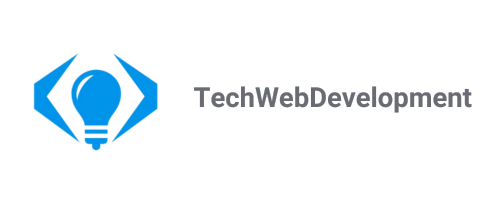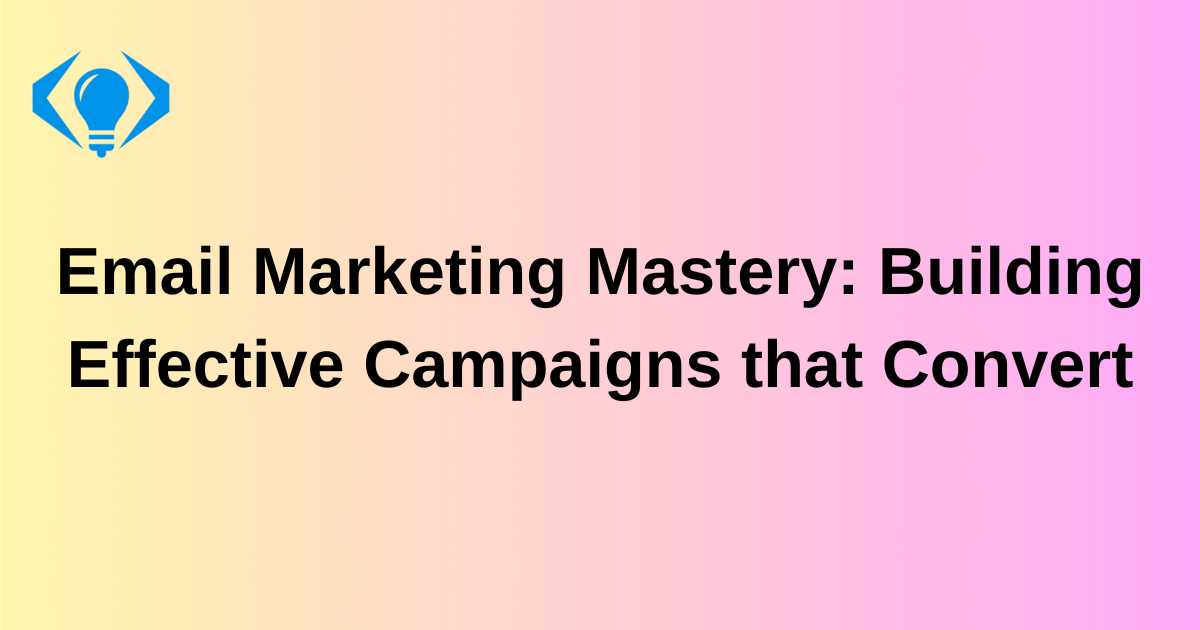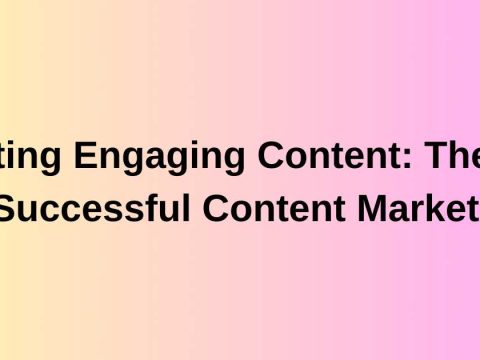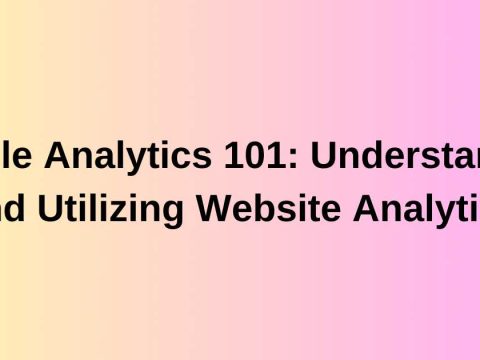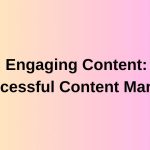
Creating Engaging Content: The Key to Successful Content Marketing
October 5, 2022
6 Best AI-Powered Video Makers
October 22, 2022Email marketing is a powerful tool for businesses to engage with their audience, nurture leads, and drive conversions. With an effective email marketing strategy, you can build meaningful relationships with your subscribers and convert them into loyal customers. In this blog post, we will explore the art of email marketing and provide tips on how to create campaigns that truly convert. Let’s dive in!
The Power of Email Marketing
Email marketing remains one of the most effective digital marketing channels, offering numerous benefits for businesses:
- Direct Communication: Email allows you to communicate directly with your audience, delivering personalized messages right to their inbox. It provides a more intimate and targeted approach compared to other marketing channels.
- High ROI: Email marketing consistently delivers a high return on investment (ROI). According to a study by the Data & Marketing Association, every $1 spent on email marketing generates an average of $42 in return.
- Segmentation and Personalization: With email marketing, you can segment your audience based on various factors such as demographics, purchase history, or engagement levels. This segmentation enables you to tailor your messages and offers to specific groups, increasing relevance and engagement.
- Automation: Email marketing platforms offer automation features that allow you to set up automated campaigns based on triggers, such as welcome emails, abandoned cart reminders, or birthday greetings. Automation saves time and ensures consistent communication with your subscribers.
- Measurable Results: Email marketing provides valuable insights and metrics that help you gauge the effectiveness of your campaigns. You can track open rates, click-through rates, conversions, and more, enabling data-driven optimization.
Building Effective Email Marketing Campaigns
To create email campaigns that convert, follow these key strategies:
1. Define Your Goals
Before diving into email marketing, clearly define your goals. Are you aiming to generate leads, increase sales, drive website traffic, or promote a new product? Understanding your objectives will guide your campaign planning and content creation.
2. Grow Your Subscriber List
A robust subscriber list is the foundation of successful email marketing. Implement strategies to grow your list organically, such as offering valuable content incentives, optimizing sign-up forms on your website, and leveraging social media to promote your email newsletter.
3. Segment Your Audience
Segmentation allows you to send targeted and relevant content to different groups within your subscriber list. Divide your audience based on demographics, interests, purchase history, or engagement levels. This way, you can tailor your messages to their specific needs and preferences.
4. Craft Compelling Content
Create engaging and valuable content that resonates with your subscribers. Use a conversational tone, compelling subject lines, and personalized greetings. Provide educational content, exclusive promotions, or sneak peeks into upcoming products or events.
5. Design Visually Appealing Emails
Design visually appealing emails that are mobile-responsive and user-friendly. Use eye-catching images, clear and concise text, and a prominent call-to-action (CTA) that encourages subscribers to take the desired action.
6. Test and Optimize
Continuously test different elements of your email campaigns, such as subject lines, CTAs, email layouts, and sending times. Analyze the results and optimize your campaigns based on data-driven insights. A/B testing can help you identify what resonates best with your audience.
7. Monitor and Measure
Track the performance of your email campaigns using email marketing analytics. Monitor metrics like open rates, click-through rates, conversion rates, and unsubscribe rates. Use this data to refine your strategies and improve future campaigns.
Conclusion
Email marketing remains a powerful tool for businesses to engage with their audience and drive conversions. By leveraging the direct communication, segmentation capabilities, automation features, and measurable results of email marketing, you can create effective campaigns that convert subscribers into loyal customers. Remember to define your goals, grow your subscriber list, segment your audience, craft compelling content, design visually appealing emails, test and optimize, and monitor and measure your results. Embrace the art of email marketing and unlock its potential to grow your business.
